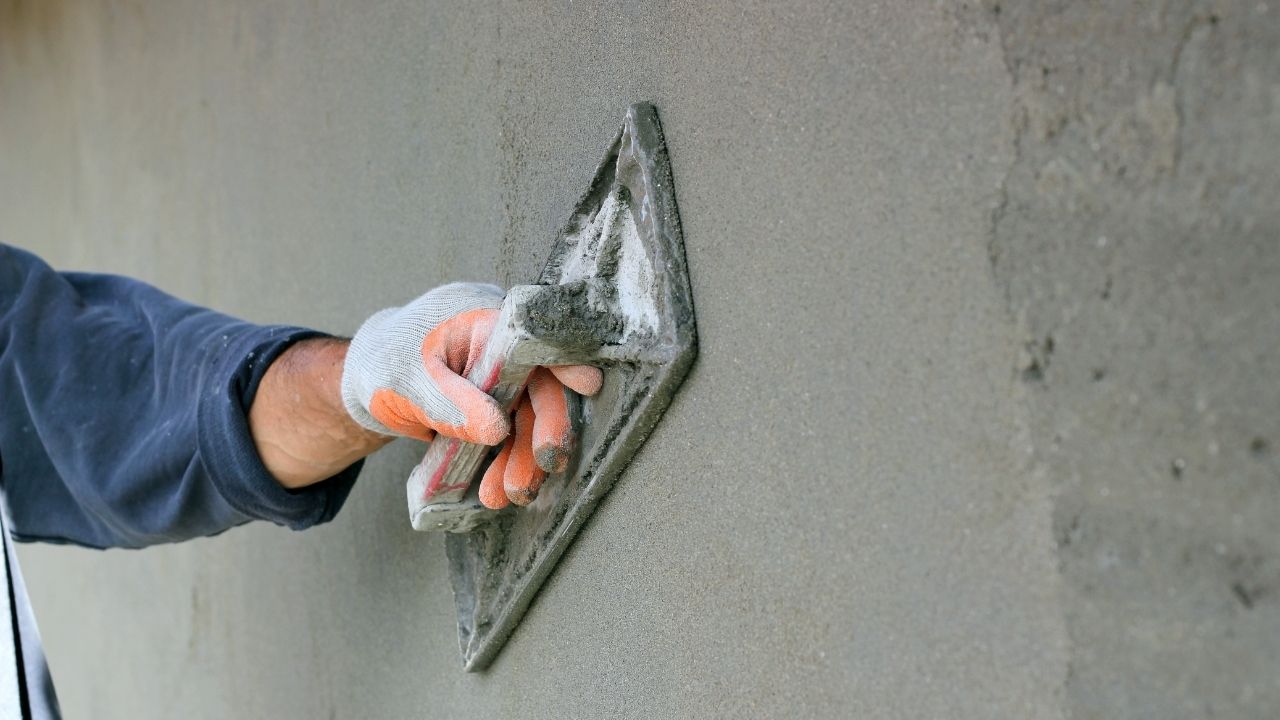With stucco you ensure a beautifully finished wall. You could make the decision to plaster the wall yourself without the help of a plasterer, but if you are living in the Netherlands you can hire a professional stucco company like Wandgrimeurs.nl. Did you knew a plasterer is called a stukadoor in Dutch. Still you can plaster a wall yourself off course. Even the less experienced handyman will be able to plaster a wall. This is known as stucen in Dutch, by the way. Stuccoing, also known as plastering, starts with good preparation, while you need to buy the right material too. In this article it will be explained which tools you need to have in order to plaster a wall, while the steps will be explained too.
Tools
Before you start stuccoing the wall you will need to buy the right tools. Without the right equipment you unfortunately will not be able to get the results you want. The basic tools you need for this task are a plastering trowel, bucket trowel, hawk/hand board, mixer, and water brush. The plastering trowel is the most important tool as it affects the results the most. You will have to buy a decent trowel, which is especially the case if you are just starting out. A Pre Worn Marshalltown stainless steel finishing trowel is definitely a good choice.
Preparation
After you have bought the tools, you can start preparing the wall. This is extremely important! If you fail to prepare, you essentially prepare to fail. It is very crucial because getting the preparation wrong creates a ton of problems. There are four steps you simply need to follow: strip wallpaper, wash the walls down, scrim tape any cracks, and PVA/Blue Grit. Applying PVA to the wall is a standard practice, although it may seem strange as a beginner. One should do this as every wall has its own rate of suction, but PVA slows the rate of suction. This way it is easier to stucco the wall.
Plastering
Now you have finally reached the moment you have been waiting for: getting the plaster onto the wall. You first have to mix the plaster, which you have to do with the advised amount of water per bag of plaster. This is usually mentioned in the instructions by the producer of the plaster. Sometimes it is better to use a bit extra to create a better consistency. When mixing plaster, you first have to pour the water. Once the mix has been completed, you can start plastering. This consists of six steps: first coat of plaster, second coat of plaster, flatten the plaster, first trowel over, second trowel over, and the final polish. When applying the plaster you have to use the plaster trowel. Start on the left if you are right handed, and vice versa of course. You should apply the plaster to the substrate as evenly as possible. Flattening the plaster wall should be done with a driving lath. This has to be done carefully if you want a smooth end result. In some places there might not be enough plaster, so add a bit here to create the best end result.

